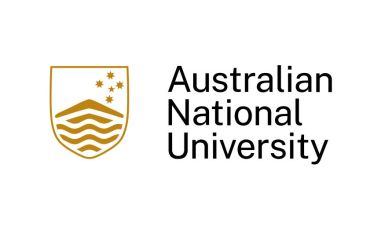Australian National University (ANU)
Bachelor of Visual Arts

When undertaking the Bachelor of Visual Arts at the ANU, you will be immersed in a program of rigorous scholarship and intensive studio practice, tailored to your aspirations and informed by internationally renowned art practitioners within Australia’s top-ranking university. You will graduate with the essential creative skills and critical knowledge to address the grand challenges of a rapidly changing world.
You will develop deep disciplinary knowledge and learn specialist skills offered across the School of Art and Design studio disciplines, including ceramics, glass, painting, photography and media arts, printmedia and drawing, sculpture and spatial practice, and textiles. You will extend your study through access to courses in the Centre for Art History and Art Theory, combined with access to electives from across the ANU.
Career Options
ANU ranks among the world’s very finest universities. Our nearly 100,000 alumni include political, business, government, and academic leaders around the world.
We have graduated remarkable people from every part of our continent, our region and all walks of life.
Employment Opportunities
Graduates from the ANU have been rated as Australia’s most employable graduates and among the most sought after by employers worldwide. Bachelor of Visual Arts graduates may find employment within Australia’s rich cultural sector and present work both in Australia and internationally.
Learning Outcomes
- apply technical skills and specialist knowledge to realise artworks, artefacts and related forms of creative expression;
- demonstrate skills and knowledge of the practices, languages, forms, materials, technologies and techniques in the visual arts;
- recognise and reflect on social, cultural and ethical issues, and apply historical and theoretical perspectives to practice in the visual arts;
- develop, express and evaluate ideas, concepts and processes by thinking creatively, critically and reflectively;
- interpret, communicate and present ideas, problems and arguments in modes suited to a range of audiences; and
- work independently and collaboratively in response to project demands.



